
One way to measure a story's power is to see how it has influenced other stories. No narrative has had more impact than the death and resurrection of the Lord Jesus Christ.
First of all, millions of lives have been transformed as the Gospel has spread around the world, changing the eternal stories of every person who has repented to follow Jesus. On the practical side, people have been healed, communities and countries improved, marriages and families reconciled. The history of the world hinges upon the story of Jesus, a timeline before and after, despite how academia has tried to change the terms to CE and BCE. That's impact. That's what we celebrate with Easter.
And as happens with human beings, we find ways to express great narratives through celebrations and traditions. It's no different with the greatest story ever told. Over the centuries since the first Resurrection Day, believers have developed and enacted creative ways to remember the Easter story.
Here are seven ways Christians have celebrated Easter from the early church to today.
Photo Credit: ©GettyImages/FREDERICA ABAN
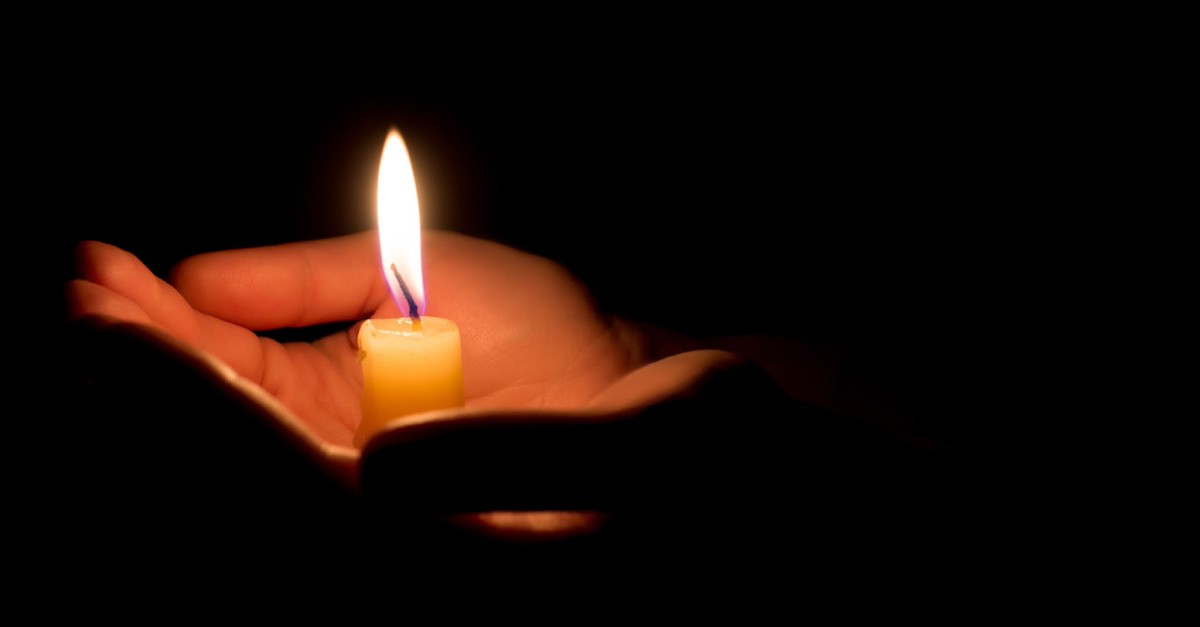
1. Easter Vigil Leading up to Easter
In the early church, Christians celebrated Easter with a profound sense of anticipation and reverence. This culminated in the Easter Vigil, a deeply significant and symbolic service held on the eve of Easter Sunday. This vigil, also known as the Paschal Vigil, marked the culmination of the Lenten season and the beginning of the Easter festivities.
During the Easter Vigil, believers gathered together to await the resurrection of Jesus Christ. The vigil typically began after sundown on Holy Saturday and extended into the early hours of Easter Sunday. It was a time of reflection, prayer, and worship as Christians commemorated the death and burial of Jesus and eagerly anticipated his victorious resurrection.
One of the central elements of the Easter Vigil was the Service of Light, where a new fire was kindled to symbolize the light of Christ overcoming the darkness of sin and death. From this sacred flame, the Paschal Candle, representing Christ as the Light of the World, was lit and carried into the darkened church, illuminating the darkness and symbolizing the triumph of life over death.
Throughout the vigil, believers participated in readings from the Old Testament, recounting God's saving acts throughout history and foreshadowing the coming of the Messiah. These readings built anticipation for the climax of the vigil—the proclamation of the Resurrection Gospel, announcing the glorious news of Jesus' triumph over death and the promise of new life in him.
Photo Credit: ©Getty Images/ALFSnaiper
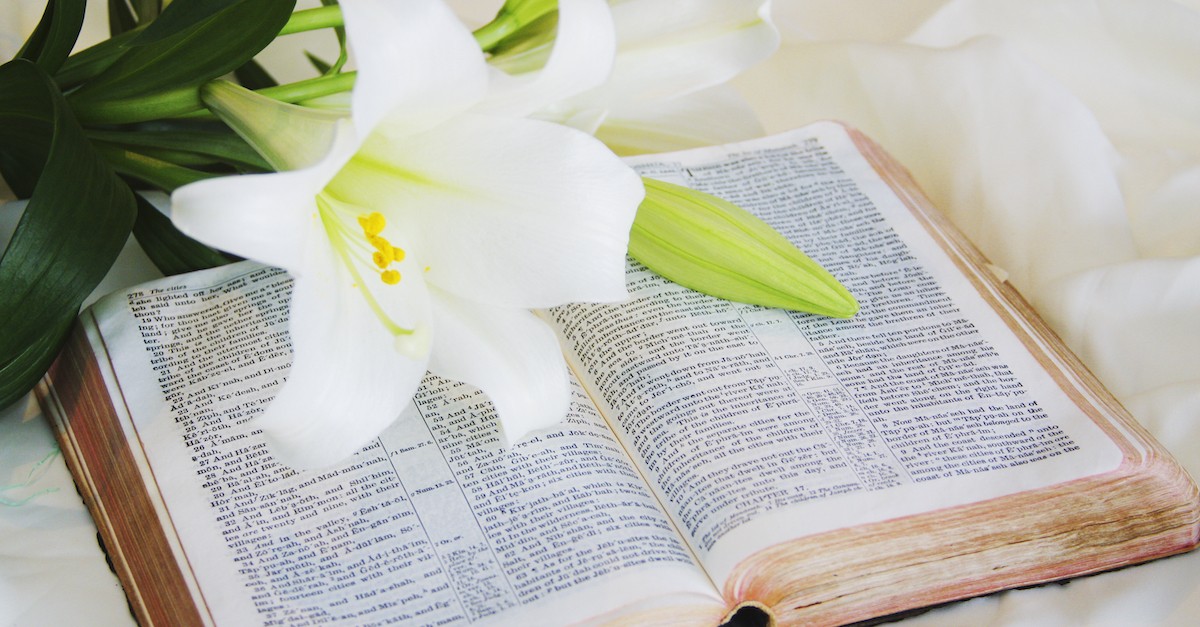
2. Easter Liturgy
Christians have celebrated Easter through the Easter liturgy, a sacred and reverent service commemorating Jesus Christ's resurrection. The service typically begins with joyful hymns and prayers, setting the tone for celebrating Christ's victory over sin and death. As believers gather in worship, they reflect on the profound significance of the resurrection and its implications for their faith and lives.
Central to the Easter liturgy is the celebration of communion, where believers partake of bread and wine, symbolizing the body and blood of Christ broken and shed for the forgiveness of sins. Through the act of communion, Christians reaffirm their faith in the redemptive work of Jesus Christ and their participation in the new life and salvation he offers.
The Easter liturgy also includes readings from the Gospels, recounting the events of Jesus' resurrection and his disciples' encounters in the days following. These readings deepen believers' understanding of the significance of the resurrection and its transformative power in their lives.
As Christians partake of communion during the Easter liturgy, they are reminded of their union with Christ and participation in the new life he offers. It is a sacred and solemn moment of communion with God and fellow believers as they collectively proclaim their faith in the risen Lord and rejoice in the hope of eternal life.
Photo Courtesy: ©GettyImages/dndavis

3. Easter Processions
Easter processions have been a cherished tradition among Christians worldwide, symbolizing the journey of Jesus Christ from his crucifixion to his resurrection. Easter processions take on unique forms in various cultures, incorporating local customs, music, and attire. For example, in Spain, the "Semana Santa" or Holy Week processions are renowned for their elaborate displays of religious imagery, including statues depicting scenes from the Passion of Christ. Often dressed in traditional attire, participants walk solemnly through the streets, accompanied by the haunting melodies of hymns and chants.
Similarly, in the Philippines, the "Salubong" procession reenacts the meeting of Jesus and Mary after his resurrection. Elaborate floats carrying statues of Jesus and Mary are paraded through the streets, followed by crowds of faithful believers carrying candles and singing hymns of praise. The procession culminates in a dramatic tableau where actors portraying Jesus and Mary reunite, symbolizing Easter morning's joy.
Easter processions serve as powerful expressions of faith, unity, and community, bringing believers together to commemorate the central events of the Christian faith. They allow believers to bear witness to their faith in public, proclaiming the message of Christ's victory over sin and death to the broader community. Moreover, Easter processions foster a sense of solidarity and fellowship among believers as they join together in worship and devotion.
Photo Credit: ©GettyImages/didoi

4. Easter Bonfires
In some Eastern European countries, Christians have celebrated Easter with the tradition of Easter bonfires, a vibrant and symbolic practice that dates back centuries. These bonfires serve as a visual representation of the triumph of light over darkness, echoing the central themes of Easter – the resurrection of Jesus Christ and the victory of life over death.
Following Easter Sunday, communities gather to build large bonfires, often in central squares or open fields. These bonfires are meticulously constructed, with wood and kindling piled high in anticipation of the celebratory event. As dusk falls on Easter Eve, believers gather around the bonfires, eagerly awaiting when the fires will be lit. The lighting of the Easter bonfires symbolizes the breaking of dawn on Easter morning, when Jesus emerged from the tomb, bringing light and life to the world.
The crackling flames of the bonfires cast a warm glow over the assembled crowd, creating a sense of unity and fellowship among believers. People sing hymns of praise, offer prayers of thanksgiving, and share in the joy of Christ's resurrection.
Easter bonfires also hold profound spiritual significance, representing the cleansing and purifying power of Christ's sacrifice. Just as fire purifies and transforms, Christians believe that Jesus' resurrection brings new life and renewal to all who believe in him. In addition to their spiritual significance, Easter bonfires are a cultural tradition passed down through generations as a symbol of hope, joy, and celebration.
Photo Credit: Unsplash/Joshua Newton
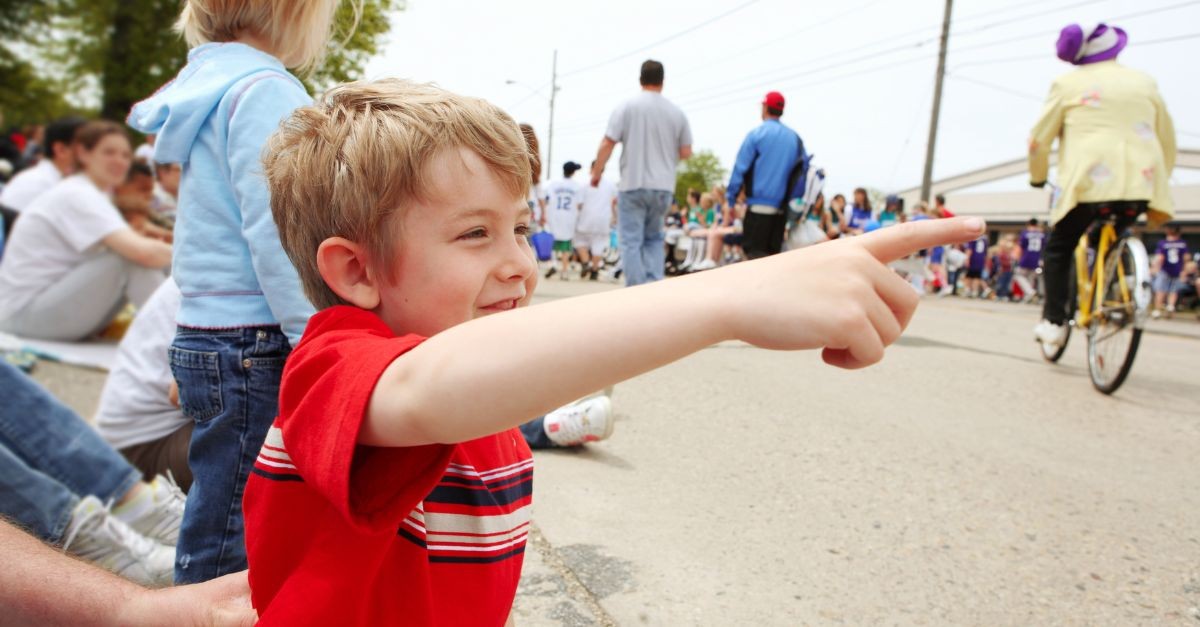
5. Easter Parades
Easter parades have long been joyful celebrations of Jesus Christ's resurrection. These parades, characterized by colorful displays, festive music, and exuberant participants, bring together believers to rejoice in the central event of the Christian faith.
In many communities, Easter parades occur on Easter Sunday, drawing crowds of spectators who gather along parade routes to witness the procession. Participants in the parades often include church congregations, community organizations, and residents, all coming together to express their faith and celebrate the triumph of life over death.
One of the central features of Easter parades is the display of religious symbols and imagery, such as crosses, banners, and statues depicting scenes from the Easter story. These symbols serve as powerful reminders of Easter's significance and the hope and joy it brings believers.
Music also plays a prominent role in Easter parades, with bands, choirs, and other musical groups accompanying as participants march through the streets. Hymns and Easter songs fill the air, lifting the spirits of all who hear them and adding to the festive atmosphere of the parade.
Easter parades are not only expressions of faith but also opportunities for communities to come together in celebration and fellowship. They provide a sense of unity and belonging as believers join together to proclaim their shared belief in the resurrection of Jesus Christ.
Photo Credit: ©CanvaPro/soupstock
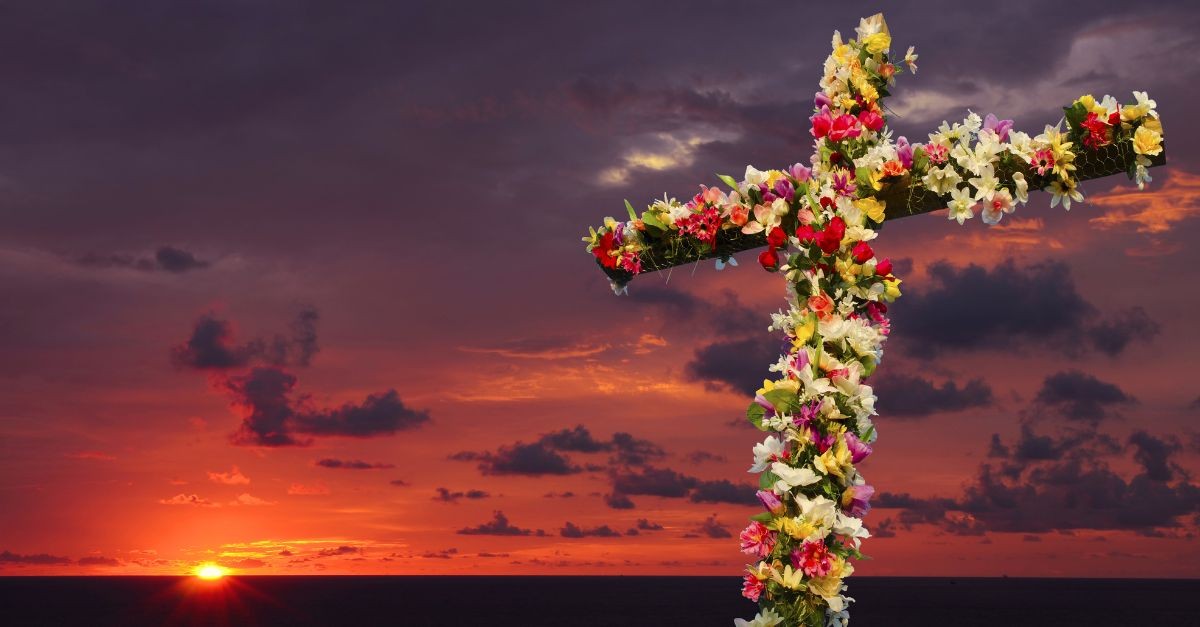
6. Sunrise Service
Many Christians and churches today celebrate Easter with the tradition of sunrise services, marking the dawn of Easter Sunday with worship, prayer, and reflection. This early morning gathering holds deep spiritual significance, symbolizing the dawn of a new day and the hope and joy of Christ's resurrection.
Sunrise services typically take place outdoors, often in natural settings such as parks, gardens, or hilltops, allowing worshippers to witness the rising sun as a symbol of Christ's victory over death. The timing of the service is deliberate, coinciding with the breaking of dawn to evoke the imagery of Jesus' emergence from the tomb on Easter morning.
As the sun begins to rise, believers gather together in anticipation, singing hymns of praise and offering prayers of thanksgiving for the gift of new life in Christ. The beauty of God's creation serves as a backdrop for the worship service, enhancing the sense of awe and reverence among worshippers.
One of the central elements of the sunrise service is the proclamation of the Easter Gospel, declaring the good news of Jesus' resurrection and the promise of salvation for all who believe. This proclamation is accompanied by scripture readings, reflections on Easter's meaning, and opportunities for personal prayer and meditation.
Photo Credit: CanvaPro/Getty Images Signature/bauhaus1000
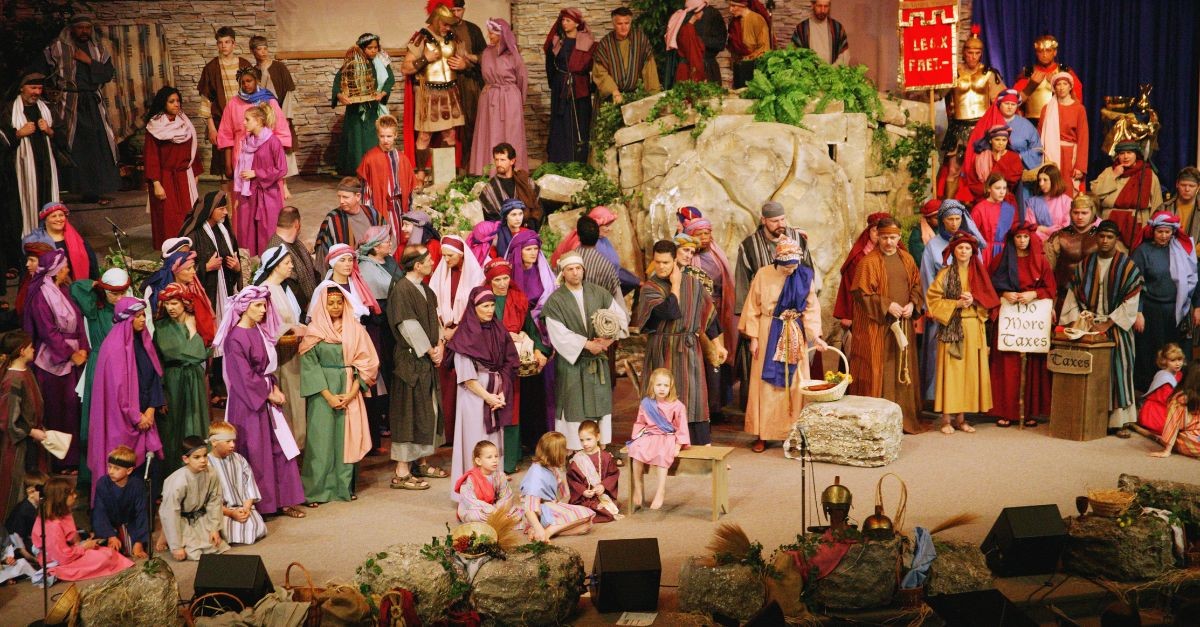
7. Easter Plays or Pageants
Easter plays, and pageants have been important and shared throughout the last century by Christians and churches. These theatrical performances bring the events of Jesus' death and resurrection to life, allowing believers to experience the drama and significance of Easter in a tangible and immersive way.
Easter plays and pageants are often performed by church congregations, community theater groups, or schools, drawing on a rich storytelling and dramatic interpretation tradition. They typically incorporate music, acting, and visual imagery elements to create a compelling and memorable retelling of the Easter narrative.
One of the key features of Easter plays and pageants is their focus on the central events of the Easter story, including Jesus' triumphal entry into Jerusalem, his Last Supper with his disciples, his betrayal and arrest in the Garden of Gethsemane, his crucifixion on the cross, and his glorious resurrection on Easter morning. Through these dramatic reenactments, audiences are invited to journey alongside Jesus and his disciples, witnessing the unfolding of God's redemptive plan for humanity.
Easter plays and pageants also provide community involvement and participation opportunities, with actors, musicians, and volunteers coming together to bring the production to life. These become more artistic and engaging opportunities to express the Easter narrative rather than a liturgical reading or sermon. Audiences of all ages are captivated by the storytelling and inspired by the message of hope and redemption in the Easter story.
Photo Credit: Canva Pro/ rick734's Images

Originally published Thursday, 07 March 2024.
